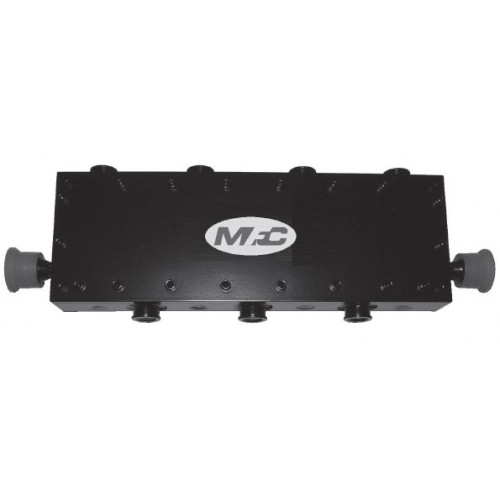

A MURS station may not operate as a repeater station, including store-and-forward packet radio operation, or a signal booster. No user has priority over any other user, but all users must yield to emergency communications. MURS users must cooperate in using the five channels to reduce interference to other users.
Transmit band license#
The FCC sets license filing fees annually, and licenses are granted for 10 years. You can apply for a GMRS license online, or by filing FCC Form 605.
Transmit band manual#
The label on the unit or the operations manual should indicate the service the unit is certified for.

FRS allows two-way voice communications over short distances (generally less than one-half mile on the 0.5 watt channels and up to two miles on the 2 watt channels, depending on conditions).The maximum authorized power levels vary depending on whether the station is transmitting a single side band (up to twelve watts Peak Envelope Power or PEP) or an AM signal (up to four watts PEP). You may not raise the power output of your CB unit, attach any type of power amplifier or modify the unit internally.CB equipment used in the United States must be FCC-certified and labeled as such by the manufacturer.Users must never talk with another station for more than 5 minutes continuously, and must wait at least one minute before starting another communication on the same channel. CB service operates on 40 shared channels on a "take-turns" basis, meaning no CB channel is assigned to any specific individual or organization.CB service allows two-way radio communications.Of these types of services, only General Mobile Radio Service requires an FCC license to operate. The most popular types of personal radio services are Citizens Band Radio Service, Family Radio Service, General Mobile Radio Service, Low-Power Radio Service and Multi-Use Radio Service. Some types, especially those using VHF and UHF radio spectrum, encounter significantly less static, noise and fading than CBs or walkie-talkies.

Personal radio services devices generally do not rely on transmission towers or other equipment. Personal radio services include one- and two-way voice services, data services and remote-control transmissions that operate equipment. Personal radio services are short-range, low-power radio communications using devices that operate much like walkie-talkies.


 0 kommentar(er)
0 kommentar(er)
